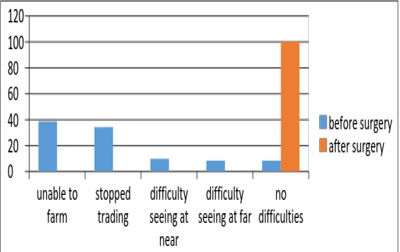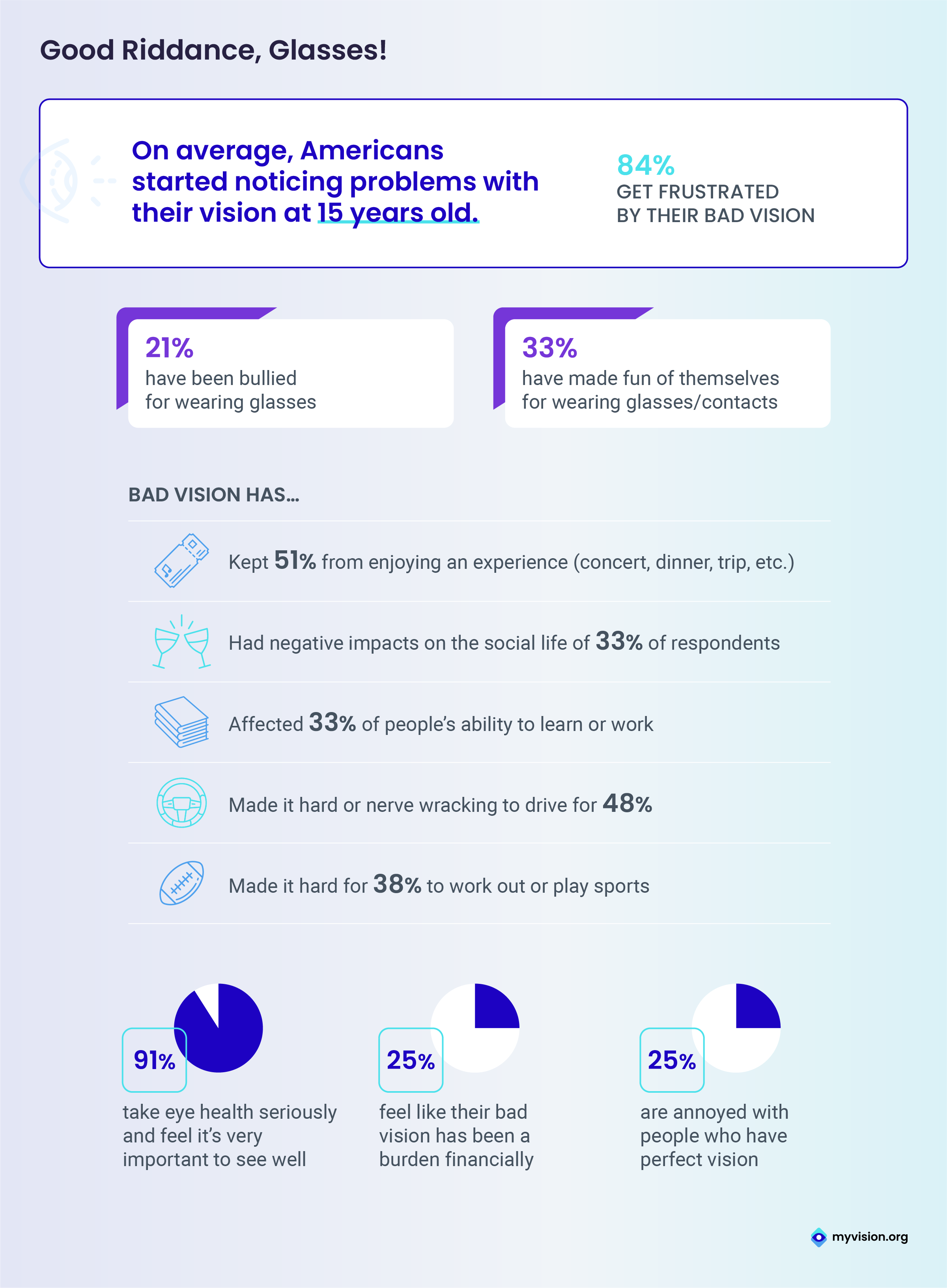Cataracts are a common eye condition that occurs when the lens of the eye becomes cloudy or opaque, causing vision loss. They typically develop slowly over time and can occur in one or both eyes. Cataracts are most common in older adults, but they can also occur in younger people as a result of injury, certain medications, or other underlying health conditions.
The effects of cataracts on everyday life can be significant, as they can significantly impair vision and make it difficult to perform everyday tasks. People with cataracts may have difficulty reading, driving, and recognizing faces and objects. They may also experience sensitivity to light and glare, which can make it difficult to see in bright or sunny conditions.
Cataracts can also affect a person's ability to work and participate in leisure activities. For example, someone who is unable to see clearly due to cataracts may have difficulty performing their job or may be unable to drive to work or other appointments. Similarly, people with cataracts may find it difficult to participate in hobbies or sports that require good vision, such as golfing or knitting.
The emotional effects of cataracts can also be significant, as vision loss can lead to feelings of frustration, anxiety, and depression. People with cataracts may feel isolated and may have difficulty participating in social activities due to their vision loss.
Fortunately, cataracts can be treated with surgery, which involves removing the cloudy lens and replacing it with a clear artificial lens. Cataract surgery is typically safe and effective, and it can significantly improve vision and quality of life for those with cataracts. It is important for people with cataracts to discuss treatment options with their eye doctor to determine the best course of action.
In conclusion, cataracts can have a significant impact on everyday life, causing vision loss and affecting a person's ability to work and participate in leisure activities. While cataracts can be treated with surgery, it is important for people with this condition to seek medical attention and discuss treatment options with their eye doctor.






